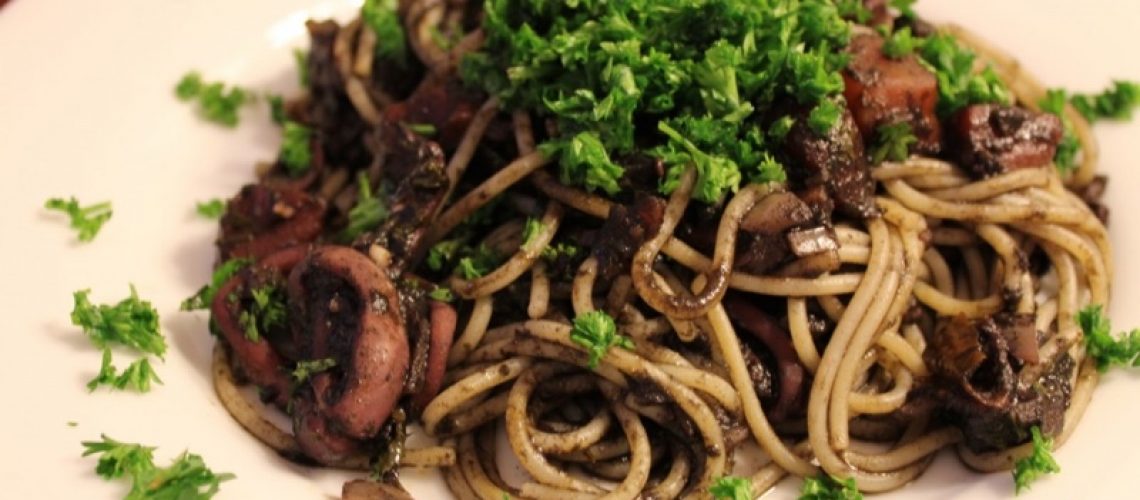Sicily between thriller… And food! Andrea Camilleri wrote the first Commissario (Inspector) Montalbano book in 1994: La Forma dell’Acqua (translated as The Shape of Water in 2002).
The TV series inspired by the books started in 1999 and had a huge success as well; not only in Italy, as the books have been translated to English and the TV series has been broadcasted in United Kingdom, USA, France, Spain and Australia.
While the books gave a worldwide audience the possibility to experiment the sicilian bittersweet, sometimes harsh sense of humour, and the great mastery of a great Italian (better: Sicilian…) writer, the TV series exhibited to the world some hidden treasure of Sicily: the neat geometries of the countryside with its dry stone walls, the sunburnt landscapes, the opulence of the Baroque buildings…
But there is something else in the Inspector Montalbano’s stories: a deep, almost religious attention for food. Because, well: Sicilian food is just great!

Inspector Montalbano has an intimate relationship with the sea, and with seafood as well. In a trip to Sicily you can understand why… For example the Nivuro di siccia of the title is the squid black ink, the most characteristic ingredient for a delicious sauce, simply perfect for risotto.
The grilled swordfish steak is another must – eat from Sicily, just like the nunnata, yummy fry croquettes.
The warm Sicilian weather is great for tasty vegetables, and probably the capunata is the favourite Montalbano’s recipe not involving seafood. Basically chopped fried eggplant, but cooked with celery, vinegar, capers, carrots, peppers, potatoes… Something like a Vegan Paradise!
Camilleri‘s Inspector Montalbano hasn’t a sweet tooth, but while in Sicily, you must try the pasta di mandorle: the almond paste is just a pure, sweetest pleasure…
Great food gangs with great wines: try the Corvo, the full-bodied, strong red, or the dry white one; the Marsala and, while relaxing after the meal, a sweet Passito di Pantelleria.

